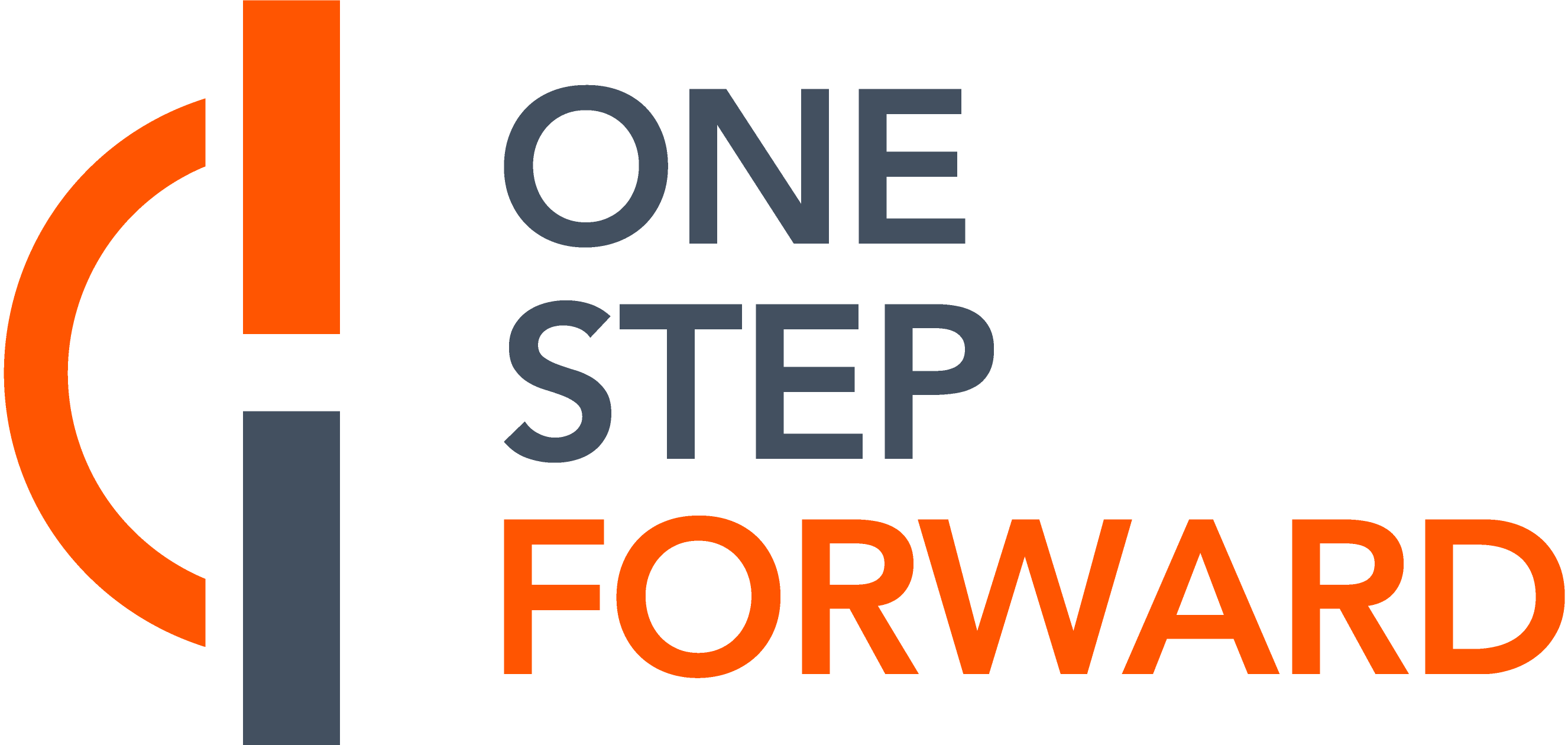Episode notes
Marc is a journalist who has developed a number of graphic novels with people in extraordinarily tough situations. (You can find his work here.)
These include kids affected by conflict in the Central African Republic; returned combatants of the Lord’s Resistance Army in northern Uganda; and people targeted for witchcraft in Nigeria.
We talk about the process of responsibly developing these stories; the importance of developing new approaches on these very complex issues; and the difficulty of finding a market in the traditional media landscape.
The common thread throughout is the empathy gap — the difficulty that people have in recognising part of themselves in the toughest times, and the hardest places.
Topics discussed:
[02:45] Writing graphic novels about serious topics. An overview of his work to date, and a story about visiting an artisanal diamond mine in the Central African Republic.
[08:50] Influences including Art Spigelman and Joe Sacco. Combining a technical background in IT, a mid-career switch to journalism, and an interest in under-reported issues.
[11:05] What this all looks like from the perspective of the people featured in the work. Giving a better and richer story, without necessarily aiming for the definitive “truth”.
[15:55] Working with local artists in the Central African Republic, Uganda, Nigeria, and Tanzania. Putting those who are part of the story “front of stage”, and keeping himself in the background.
[22:25] Getting the first project off the ground. Pitching a graphic novel about child soldiers to sceptical editors, and spending two years looking for grant funding.
[26:05] Choosing issues that are under-reported and deserve more attention. Ambitions to engage new audience, both locally and internationally, through immersive techniques and formats that can bridge the empathy gap.
[36:05] The process of pitching and developing these projects, when reliant on grant funding. Some experiments with mixed print and online content.
[40:45] Learning over the course of a half-dozen projects. Storyboarding the work and organising the process, and collaborating over long distances with poor infrastructure.
[44:10] The risks and difficulties of dealing with vulnerable people. Protecting the protagonists of these stories.
[46:20] Hopes and ambitions going forward. The difficulty of finding a market for this work, and balancing it with everyday work as a journalist.
